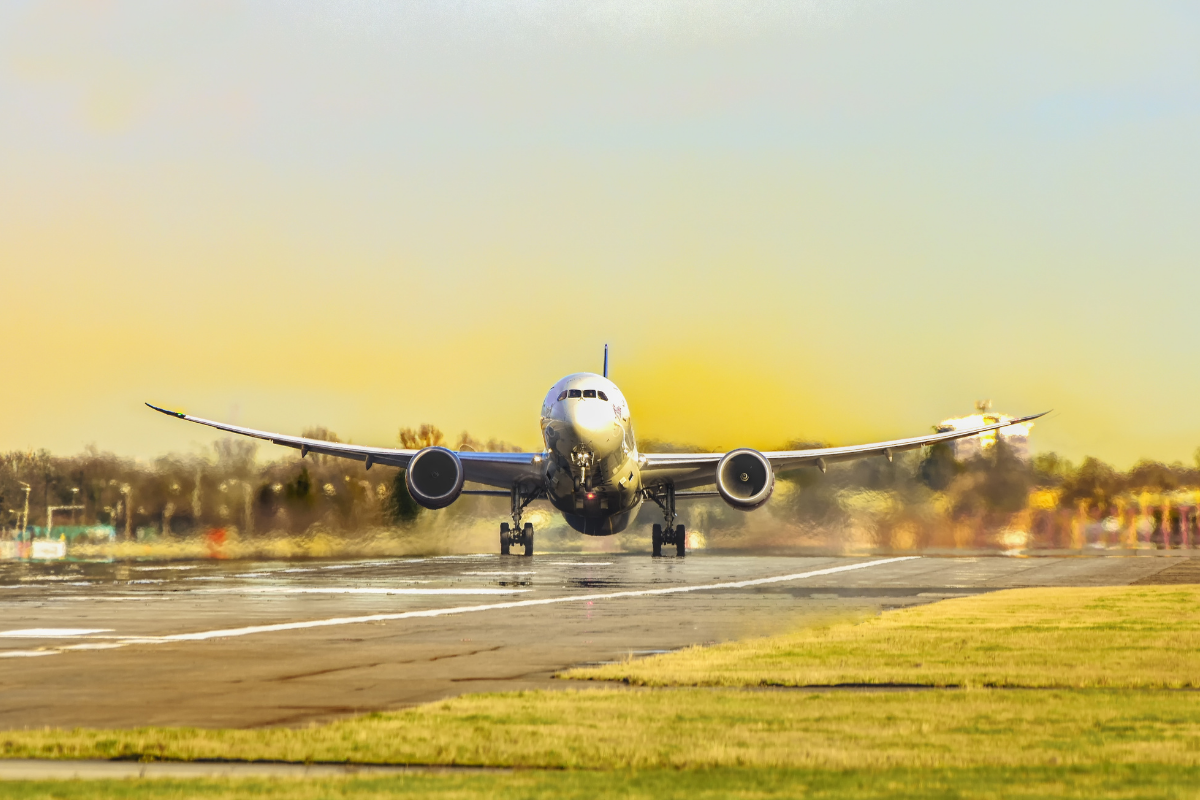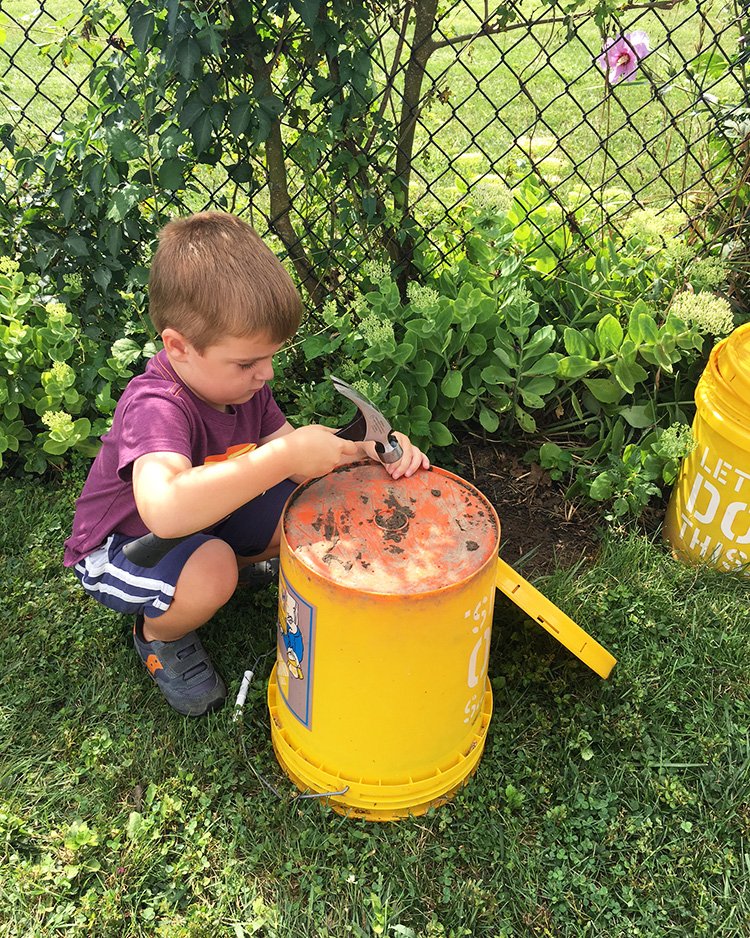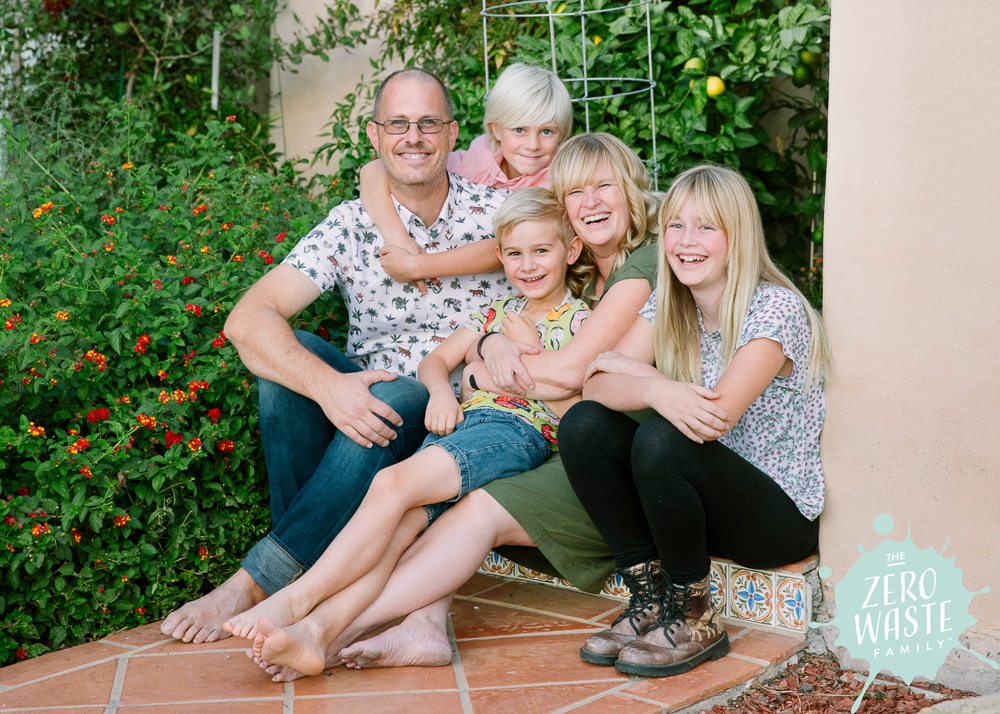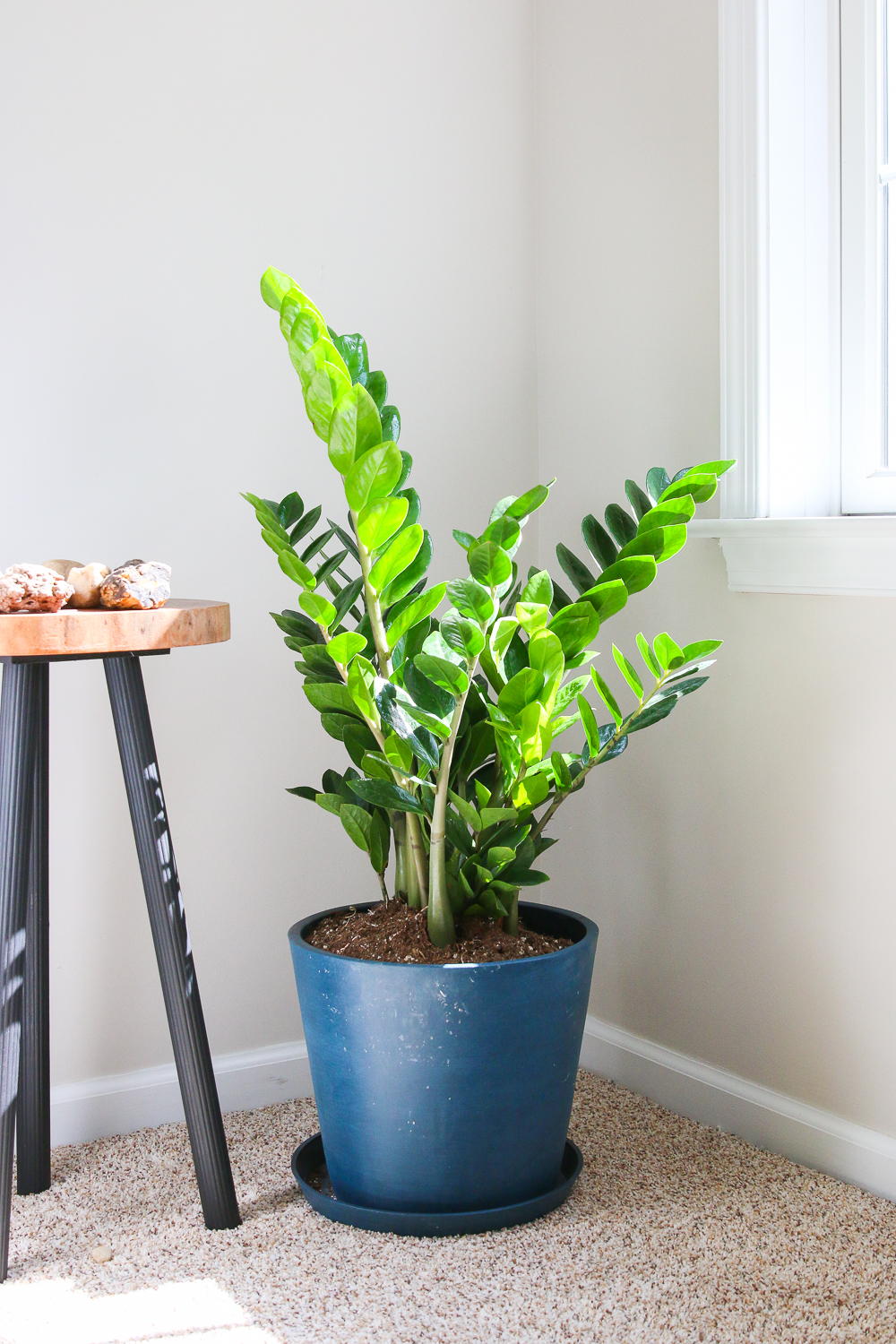8 Resources To Better Understand Regenerative Living and Gardening
What is regenerative living? How can you find out more about it and how it connects to your life? Read on for several resources to better understand what regenerative living is and how you can incorporate it into your everyday life.
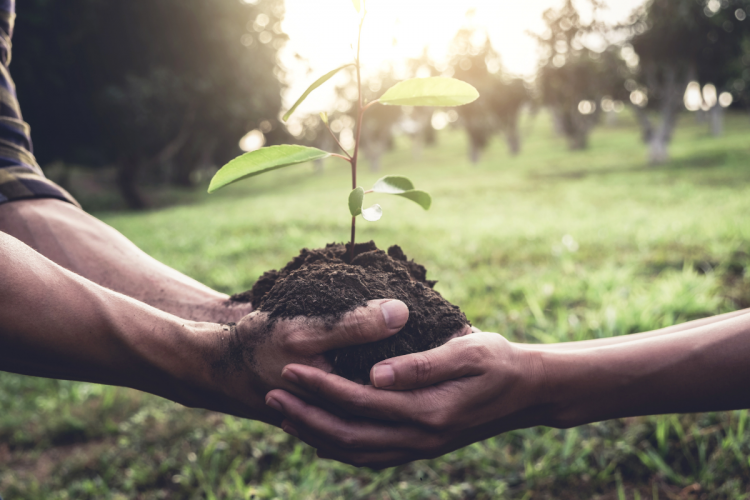
Sustainability and sustainable living are pretty common terms that have wiggled their way into mainstream syntax over the last few years. There are no legal definitions for sustainability or sustainable living.
In the context of environmentalism and climate matters, the terms are often used loosely to describe a variety of circumstances, programs, policies, habits, and more that are relatively less harmful to the planet than their standard counterparts. However, to sustain our current status quo and sustain current levels of environmental concerns, like carbon emissions and overconsumption, aren’t really enough.
Regeneration and regenerative living take sustainability one step further. Regenerative practices go beyond minimizing the damage we cause and, instead, regenerate or replenish the health and resources of the Earth. Regenerative living does more than just limit our harmful impacts on the planet and in our communities. It propels us to expand our positive footprint of health, healing, and love for all living things.
As a self-proclaimed compost nerd, composting is my favorite and most relatable example of regenerative living. More than just reducing our waste, composting returns our waste back to the Earth in a way that rebuilds the soil and regenerates the health of a biodiverse ecosystem. Composting, and regenerative living more generally, give us opportunities to increase our footprint of beneficial behavior, turning on its head the idea that humans are simply a burden on the planet and should focus solely on reducing our impact.
Over the years, I’ve discovered many other people who are far better resources for regenerative living than me. Indigenous communities, for example, have practiced regenerative relationships with the Earth and all living things throughout their history. Below, I’ve shared several additional resources to learn more about regeneration, regenerative living, and the role it can play in our individual and collective climate action.
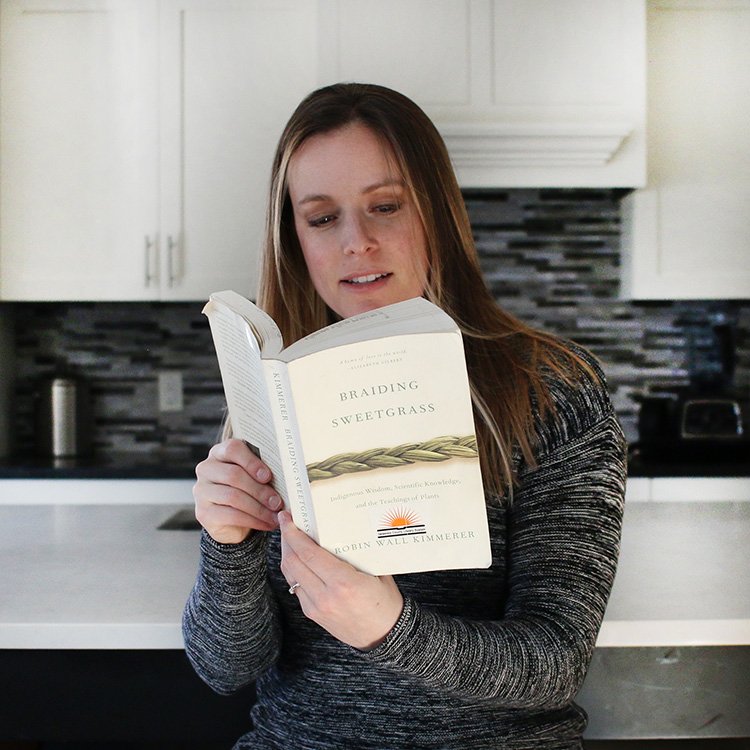
Braiding Sweetgrass: Indigenous Wisdom, Scientific Knowledge, and the Teachings of Plants by Dr. Robin Wall Kimmerer
I read Braiding Sweetgrass a couple of years ago and loved the book. You can check out my full review of Braiding Sweetgrass here. Since then, the book has rightfully earned a spot on many environmental book lists and received acclaim throughout the climate action community, especially with respect to honoring the Indigenous wisdom that we can and should utilize in our efforts to better connect with and care for the planet.
If you have not read this book yet, I highly recommend checking it out. Dr. Robin Wall Kimmerer eloquently writes about her cultural heritage as a member of the Citizen Potawatomi Nation and shares many nuggets of knowledge she acquired growing up with a reciprocal relationship with nature.
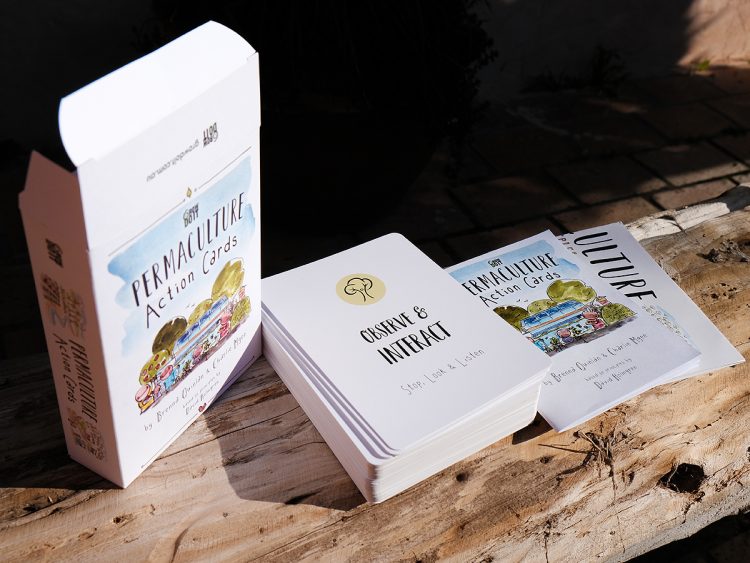
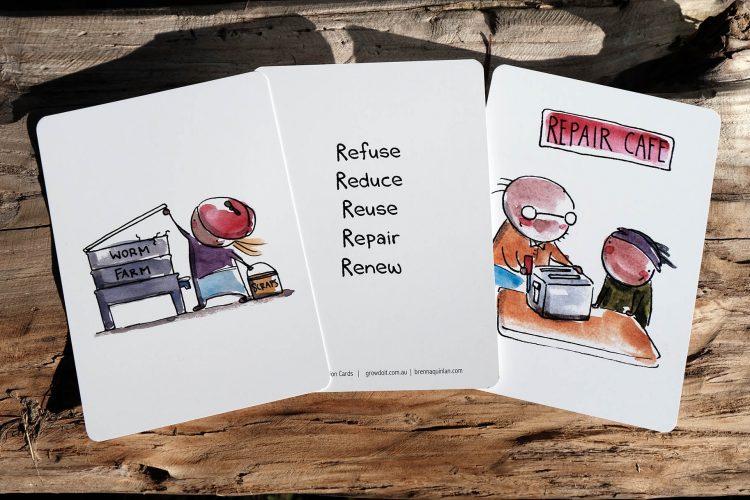
Permaculture Cards from Brenna Quinlan
I discovered Brenna on Instagram. She is a talented artist who practices art as activism. She shares many climate-related illustrations that highlight climate events in the news, tips and tricks for eco-conscious living, and more. To help explain regeneration and how it shows up in our everyday lives as opportunities to be better stewards to the Earth, she created this set of permaculture cards.
I think these are so neat. Art and illustration often convey messages and meanings that are hard to put into words. Her cards offer a unique medium to better understand permaculture (closely tied to regeneration) and find ways to incorporate regenerative living in your life. You can find the cards in her shop.
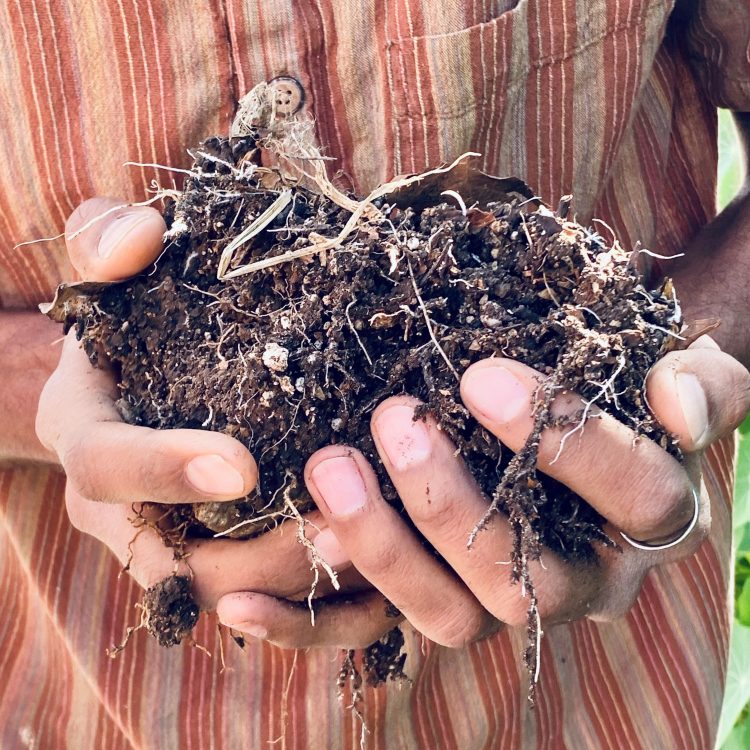
Increase Your Footprint Gardening Course from Farmer Rishi
Farmer Rishi brings such a unique perspective to climate conversations, with no shortage of admirable conviction. Conviction. A couple of years ago, I took his regenerative gardening course online. It was so enlightening and really influenced how I think about soil, managing our garden, and caring for green space.
He recently updated his course and is offering another session of his Increase Your Footprint Course soon. Most of the course takes place online, so you can participate from anywhere in the world. However, if you live in Los Angeles, he does offer three additional weekend workshops at his gardens to further connect you with his regenerative gardening practices.
If you garden, I highly recommend checking out his course. It’s well worth the investment if you can make it work with your budget, and one of the resources I’ve most connected with throughout my eco-conscious and regenerative living journey. To fairly compensate Farmer Rishi for his time and expertise, the course is a bit expensive for casual gardeners. However, he does offer need-based assistance for those who genuinely can’t afford his class.

Favorite Regenerative Living Podcasts
I’m kind of a podcast junkie. I listen to lots of podcasts, and I compiled several of my favorite podcasts that touch on different aspects of regenerative living in this prior blog post. Check it out, find a couple of podcasts that suit your fancy, and take a listen.
Kiss The Ground
Kiss The Ground is an organization created to promote the importance of healthy soil far and wide. What started as a small operation when I took their free course years ago has grown into a formidable entity that recently produced a documentary by the same name, Kiss The Ground.
Kiss The Ground offers a variety of resources, stories, courses, and guidance to learn how to be a healthy soil advocate and share your knowledge about the importance of healthy soil with others.
In the past, they’ve received some constructive criticism about their focus on white farmers and agriculture at the expense of acknowledging indigenous contributions to the regeneration and soil health conversations. While I don’t think this takes away from the information and advocacy they offer, it is worth keeping in mind when deciding what resources to use to build your own knowledge of regeneration as it relates to climate action.
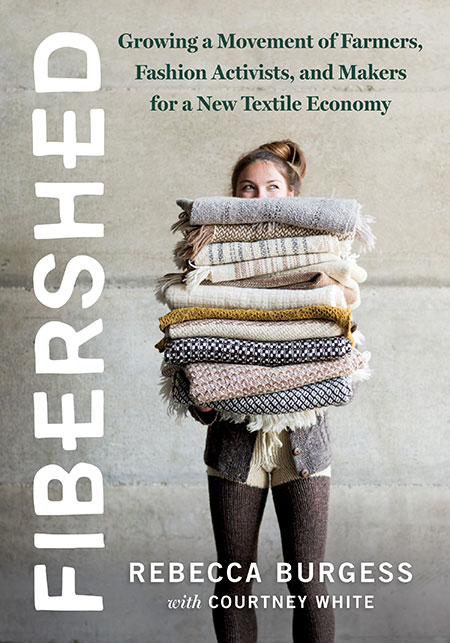
Fibershed: Growing a Movement of Farmers, Fashion Activists, and Makers for a New Tiextile Economy by Rebecca Burgess
Textiles are a significant area of opportunity for sustainability. Fabrics like cotton, wool, and other natural materials require intensive agricultural efforts to produce, similar to our food. As described by the author, Fibershed book is about “farm to closet” fashion and how we can use fashion for environmental good.
The book is about the sustainability of natural textiles, and how we can move towards using more regenerative and compostable textiles to benefit the environment. The author discusses different types of materials and ways of producing natural textiles that support soil health and vibrant, biodiverse ecosystems.
Regeneration: Ending the Climate Crisis in One Generation by Paul Hawken
From the author of the best-selling book Drawdown, Paul Hawken shares ideas about how we can reverse climate change in one generation through regeneration. I have not yet read the full book, but it is on the 2022 Honestly Good Eco Booklist. I’m looking forward to diving into it, and expect it will have lots of solutions and ideas about ways to mitigate climate change and rebuild the health of our planet through regenerative and restorative means.
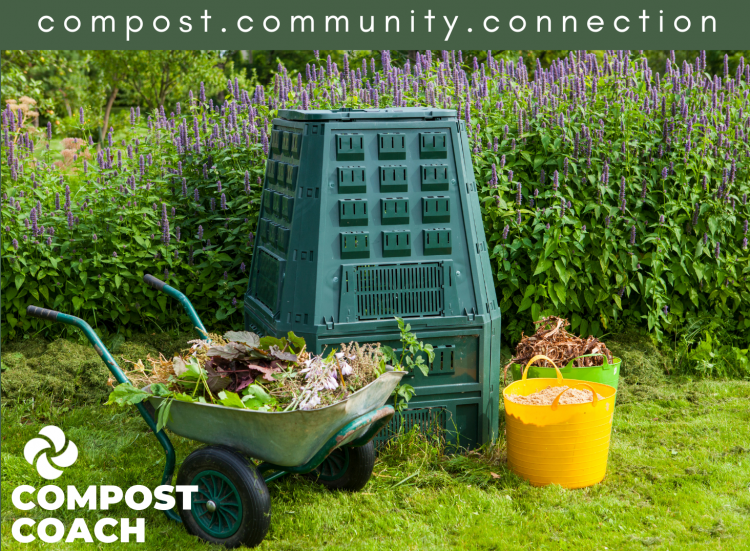
The Compost Coach
If you’re looking to start composting at home and use your green space as a starting ground for regenerative living in your own life, I recommend checking out a brand new composting course called The Compost Coach. Friend and founder of Mother Compost, Gwenn Nolan, and her colleague Tiffany created a series of videos along with a compost community where you can learn a ton about starting and managing your own outdoor composting system.
This class is not a comprehensive encyclopedia of all things composting. Gwenn and Tiffany focus on helping teach others how to compost using an open pile. If you are ready to dig in, build muscle, and rebuild the soil through actively managed outdoor compost systems, then you’ll really appreciate this course. They have a lot to offer without feeling overwhelmed by technical science.
If You Like Regenerative Living, You Might Also Like
5 Ways To Practice Regenerative Living At Home
10 Principles Of A Climate Resilience Garden
Enough is Enough: Why Veganism Isn’t The Holy Grail of Eco-conscious Living… But Eat Less Meat
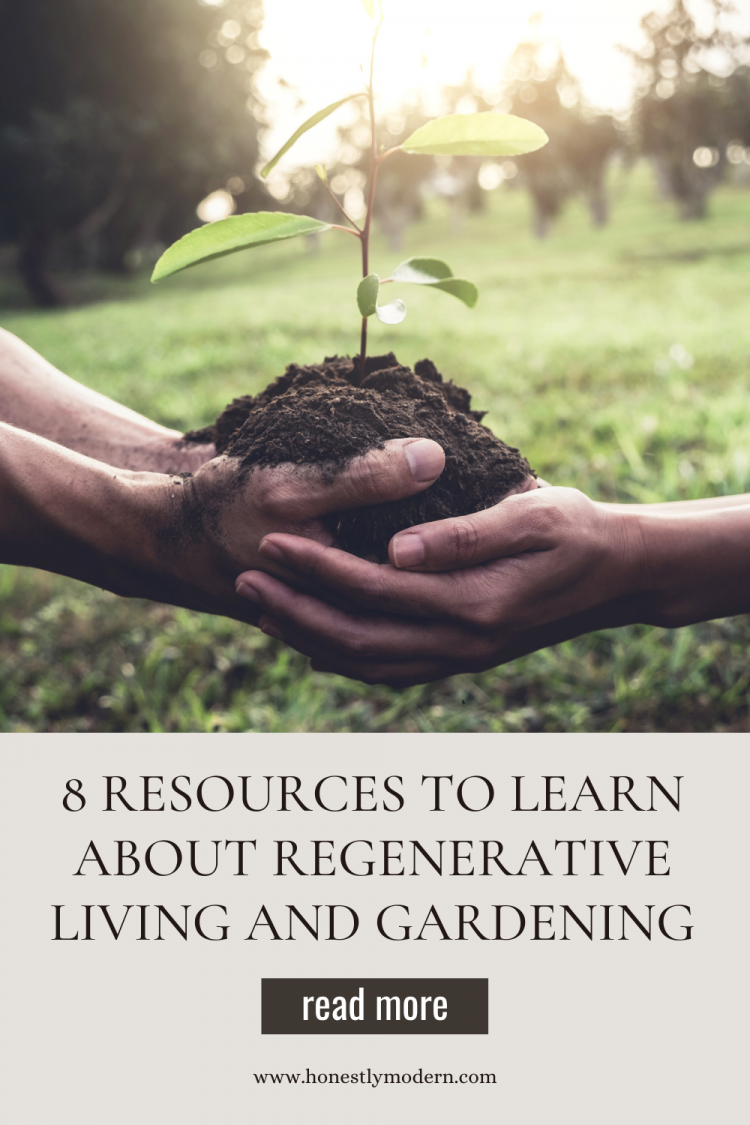

Jen Panaro
Jen Panaro, founder and editor-in-chief of Honestly Modern, is a self-proclaimed composting nerd and advocate for sustainable living for modern families. To find her latest work, subscribe to her newsletter, Stepping Stones.
In her spare time, she’s a serial library book borrower, a messy gardener, and a mom of two boys who spends a lot of time in hockey rinks and on baseball fields.
You can find more of her work at Raising Global Kidizens, an online space to help parents and caregivers raise the next generation of responsible global citizens.


